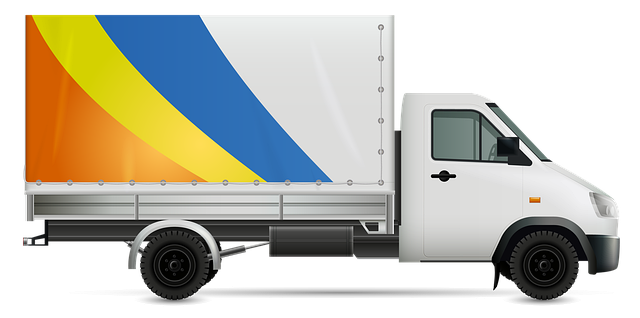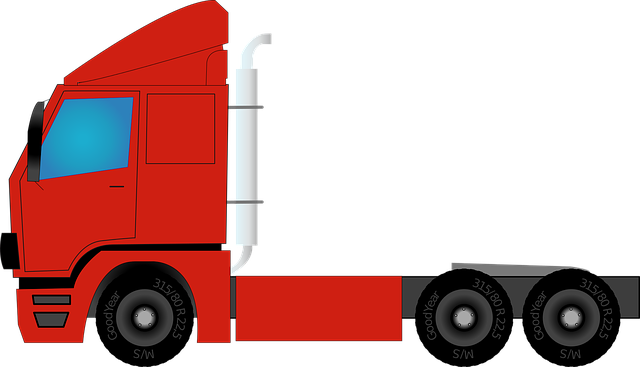For businesses operating a diverse fleet, securing multiple vehicle coverage is essential for risk management and legal compliance. This tailored insurance solution addresses unique needs of each vehicle type, from machinery to passenger cars, protecting against financial losses and legal issues. Effective navigation involves strategic planning, comprehensive liability insurance, increased limits for high-risk industries, robust risk management practices, and meticulous record-keeping. Digitizing processes enhances tracking and accountability, ensuring vehicles meet industry standards, safety equipment checks, emissions compliance, and insurance requirements, thereby minimizing risks and penalties.
“In today’s dynamic business landscape, managing a fleet of vehicles presents unique compliance challenges. This article serves as a comprehensive guide for businesses with multiple vehicles, delving into essential aspects of compliance. We explore the significance of understanding tailored multiple vehicle coverage, identifying distinct insurance and risk management strategies, and implementing robust record-keeping practices. By navigating these key areas, organizations can ensure they meet regulatory requirements, mitigate risks, and optimize their fleet operations.”
Understanding Multiple Vehicle Coverage: Why It's Essential

Having multiple vehicles within a business presents unique challenges when it comes to insurance and compliance. Understanding the necessity of comprehensive multiple vehicle coverage is paramount for businesses aiming to navigate these complexities effectively. This type of coverage ensures that all company vehicles, regardless of their purpose or usage, are adequately insured against potential risks.
Without proper multiple vehicle coverage, businesses risk exposure to significant financial vulnerabilities. Different vehicles may have varying requirements and risks, from heavy machinery needing specialized insurance to passenger cars facing unique liability concerns. A tailored insurance plan addressing these variances safeguards the business from substantial losses and legal repercussions, thereby fostering a more secure operational environment.
Identifying Vehicles and Their Unique Compliance Needs

When it comes to businesses with multiple vehicles, identifying and understanding each vehicle’s unique compliance needs is a crucial first step. This involves categorizing all assets under one roof—from company cars to trucks, vans, and specialized machinery—as they may be subject to distinct regulatory frameworks based on their use, size, and purpose. For instance, commercial trucks often have different safety and environmental standards due to their impact on highways compared to smaller passenger vehicles.
Moreover, businesses must recognize that specific vehicle types may require tailored insurance coverage and liability protections. Multiple vehicle coverage becomes essential here, ensuring that each asset is adequately protected under the relevant policies. This includes considering specialized risks such as cargo handling for delivery vans or off-road operations for construction equipment, which necessitate customized solutions to meet compliance requirements effectively.
Navigating Insurance and Risk Management Strategies

Navigating insurance and risk management for businesses with multiple vehicles is a complex task, but it’s crucial for maintaining compliance and operational efficiency. Each vehicle presents unique risks, necessitating a tailored approach to coverage. Businesses should consider comprehensive liability insurance as a base, protecting against accidents involving third parties and their property. Given the potential for higher claims in industries with frequent vehicle usage, increased limits may be required for commercial policies.
Effective risk management strategies complement insurance by minimizing exposure. This includes regular vehicle maintenance to prevent breakdowns or accidents, driver training programs to enhance safety awareness, and implementing robust safety protocols for cargo securement and transport operations. By combining robust insurance coverage with meticulous risk management practices, businesses can ensure they’re prepared for potential incidents involving their multiple vehicles, thereby achieving compliance with relevant regulations and legal standards.
Implementing Effective Record-Keeping and Monitoring Practices

Implementing effective record-keeping and monitoring practices is paramount for businesses with multiple vehicles to ensure compliance with regulatory requirements. This involves meticulously documenting every aspect of vehicle usage, maintenance, and inspections. Digital systems that streamline these processes are increasingly preferred due to their efficiency and ability to provide real-time data access. By digitizing records, businesses can easily track service schedules, fuel consumption, driver behavior, and accident reports, enhancing transparency and accountability.
Regular monitoring ensures that all vehicles are maintained according to industry standards and legal mandates. This includes routine checks for safety equipment, emissions compliance, and proper insurance coverage. Well-organized record-keeping facilitates quick identification of potential non-compliance issues, allowing businesses to rectify them promptly. Furthermore, robust monitoring practices contribute to risk management by minimizing the chances of accidents, maintenance failures, and regulatory penalties associated with multiple vehicle coverage.
Ensuring compliance with regulations for businesses operating multiple vehicles is a multifaceted challenge. By understanding the specific needs of each vehicle type, adopting strategic insurance and risk management practices, and implementing robust record-keeping and monitoring, businesses can navigate this landscape effectively. Embracing these practices ensures not only legal adherence but also enhances safety and operational efficiency across the entire fleet. Multiple vehicle coverage isn’t just a requirement—it’s a key to sustained success in today’s competitive business environment.
